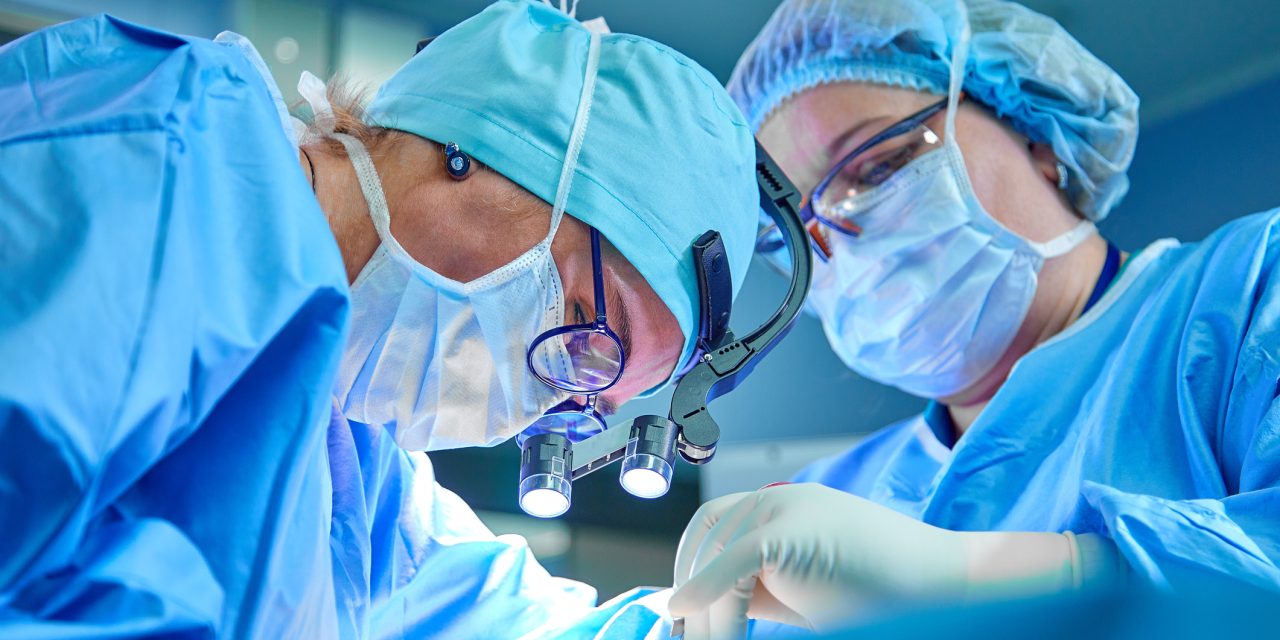Surgical treatment of anal fistulas is still a challenge. The aims of this study were to evaluate the adoption and healing rates for the different surgical techniques used in Italy over the past 15 years.
This was a multicenter retrospective observational study of patients affected by simple and complex anal fistulas of cryptoglandular origin who were surgically treated in the period 2003-2017. Surgical techniques were grouped as sphincter-cutting or sphincter-sparing and as technology-assisted or techno-free. All patients included in the study were followed for at least 12 months.
A total of 9,536 patients (5,520 simple; 4,016 complex fistulas) entered the study. For simple fistulas, fistulotomy was the most frequently used procedure, although its adoption significantly decreased over the years (P < .0005), with an increase in sphincter-sparing approaches; the overall healing rate in simple fistulas was 81.1%, with a significant difference between sphincter-cutting (91.9%) and sphincter-sparing (65.1%) techniques (P = .001). For complex fistulas, the adoption of sphincter-cutting approaches decreased, while sphincter-sparing techniques were mildly preferred (P < .0005). Moreover, there was a significant trend toward the use of technology-assisted procedures. The overall healing rate for complex fistulas was 69.0%, with a measurable difference between sphincter-cutting (81.1%) and sphincter-sparing (61.4%; P = .001) techniques and between techno-free and technology-assisted techniques (72.5% and 55.0%, respectively; P = .001).
Surgical treatment of anal fistulas has changed, with a trend toward the use of sphincter-sparing techniques. The overall cure rate has remained stable, even if the most innovative procedures have achieved a lower success rate.
Copyright © 2021 Elsevier Inc. All rights reserved.
FISSIT (Fistula Surgery in Italy) study: A retrospective survey on the surgical management of anal fistulas in Italy over the last 15 years.


